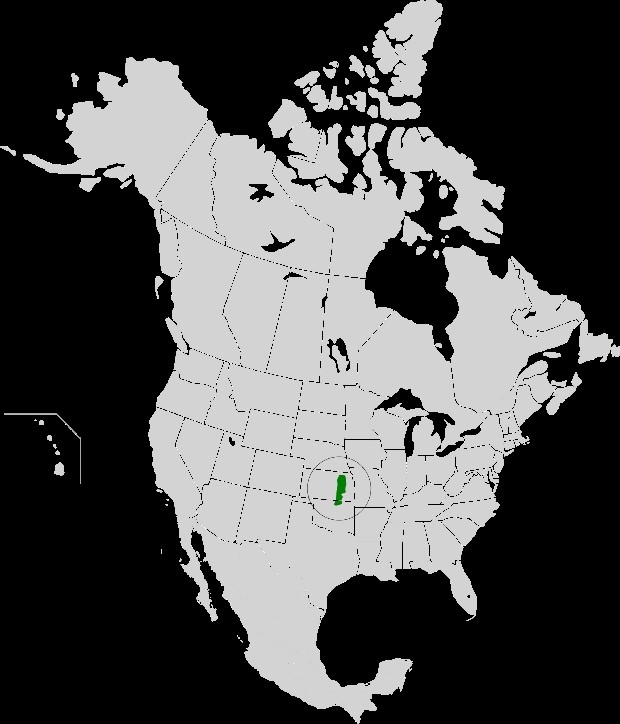Flint Hills Climate

Climate is defined as the long-term trend of weather in an area. The climate of the Flint Hills is described as being “continental” because of its central location on the North American continent.
The continental location of the Flint Hills directly influences the overall climate of the region as well as the daily weather trends. Because the Flint Hills are far away from any large body of water, i.e. “landlocked”, the area exhibits huge fluctuations in weather on a yearly, daily, and sometimes hourly basis.
Large bodies of water, like oceans and large lakes, have an ability to absorb surface heat when it’s hot (summer) and release bound heat into the atmosphere when it’s cold (winter). As a result, areas of the country that border large bodies of water have a tendency to have milder weather. For example, does Seattle ever have the country’s daily highest or lowest temperature? Areas of the country that are far away from lakes and oceans do not have the buffering effect of water and therefore experience large fluctuations in temperatures and precipitation.
Because the Flint Hills are centrally located, it also dictates the fact that our region is dominated by grasses. Grasses have the ability to respond to extreme changes in climate; specifically, they can survive drought when necessary but then they may quickly take advantage of rain during seasonal showers. Their dense, fibrous root systems make them uniquely qualified to rapidly and efficiently absorb rain before it has a chance to sink down past their roots and contribute to groundwater. This ability to quickly absorb water allows grasses to dominate over rival trees and shrubs with their taproot systems. Most trees and shrubs die before their roots get deep enough to reach groundwater. Grasses thrive in the erratic weather found in the centers of each continent.
